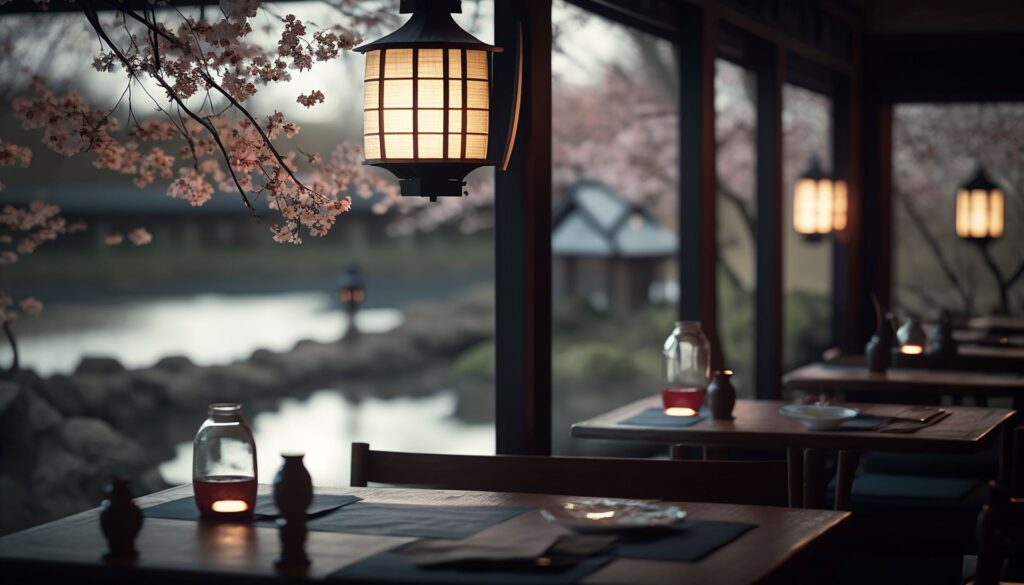When it comes to woodworking, Japan has a long history of craftsmanship and innovation. The country’s artisans have been creating functional and aesthetic pieces out of wood for centuries. From furniture to art, the versatility of Japanese wood is truly remarkable. In this blog post, we will explore the different ways in which Japanese wood is used, highlighting its unique qualities and the cultural significance behind it.
Japanese Woodworking – A Cultural Heritage
Japanese woodworking is not just a skill but a cultural heritage. Japanese craftsmen have been perfecting their techniques for centuries, combining traditional methods with modern technology to create unique pieces of furniture and art. Wood is deeply embedded in Japanese culture and is often associated with harmony, tranquility, and simplicity. Japanese woodworking is based on the principle of “shibui” which means understated elegance. This principle reflects in the designs of Japanese furniture and art, which are characterized by clean lines, natural textures, and simple forms.
The Beauty of Japanese Wood Furniture
Japanese wood furniture is renowned for its beauty, durability, and functionality. The most commonly used woods in Japanese furniture are Hinoki, Kiri, and Keyaki. Hinoki, a type of cypress, is known for its pleasant aroma, lightness, and resistance to decay. Kiri, also known as Paulownia, is a lightweight and warp-resistant wood that is often used for chests and boxes. Keyaki, also known as Japanese Zelkova, is a dense and durable wood that is used for furniture frames and legs. Japanese furniture is designed to be both functional and aesthetically pleasing, with an emphasis on simplicity and natural beauty.
Japanese Woodblock Prints
Japanese woodblock prints, also known as “ukiyo-e,” are a unique form of art that emerged during the Edo period (1603-1868). Ukiyo-e prints are made by carving an image onto a wooden block and then printing it onto paper. The woodblocks were carved by master craftsmen, who worked in collaboration with artists to produce intricate designs. Ukiyo-e prints depict scenes from everyday life, historical events, and landscapes, and are renowned for their vibrant colors and exquisite details.
Japanese Wooden Lacquerware
Japanese wooden lacquerware is another example of the versatility of Japanese wood. Lacquerware is made by coating wooden objects with layers of natural lacquer, which gives them a glossy and durable finish. Japanese lacquerware is not only artistic but also functional, with a wide range of applications including tableware, trays, and boxes. The lacquering process is a time-consuming and delicate process that requires great skill and patience. Japanese lacquerware is often decorated with intricate designs, such as gold leaf or mother-of-pearl inlay.
Burnt Wood Cladding
Burnt wood cladding, also known as “shou sugi ban,” is a contemporary Japanese technique of charring wood to make it resistant to decay and insect damage. Shou sugi ban has gained popularity in recent years as a sustainable and aesthetically pleasing way to finish wooden facades, walls, and ceilings. The charred surface creates a unique texture and color, giving the wood a striking appearance. Shou sugi ban is not only functional but also adds a touch of Japanese craftsmanship and innovation to modern architecture.
To sum it up
Japanese wood is a versatile and timeless material that has been used for centuries to create functional and aesthetic pieces. From furniture to art, Japanese woodworking techniques have been passed down through generations, creating a rich cultural heritage. Japanese wood furniture is known for its durability, beauty, and simplicity, while Japanese woodblock prints, wooden lacquerware, and burnt wood cladding showcase the versatility and adaptability of Japanese wood. Whether it’s the intricate designs of ukiyo-e prints or the glossy finish of lacquerware, each piece is a testament to the craftsmanship and attention to detail that is deeply embedded in Japanese culture.
Image Credits: Danie Motret – stock.adobe.com
